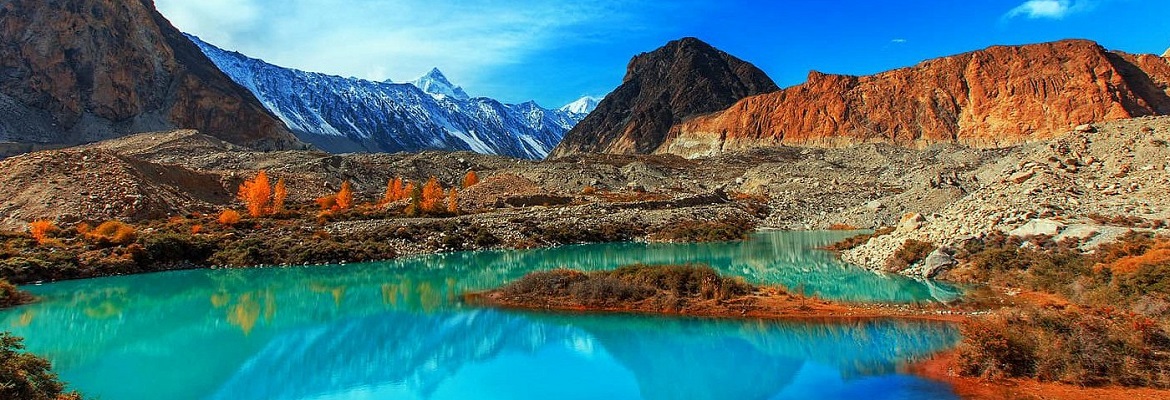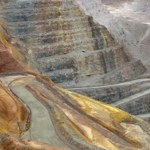Hussainabad: In response to the growing water scarcity driven by climate change, farmers in Gilgit-Baltistan (GB) have adopted innovative methods to ensure a reliable water supply for their crops. In the Skardu valley, located in the Karakoram mountain range, farmers have turned to a unique solution: artificial glaciers, also known as “ice stupas.”
Climate change has caused warmer winters, reducing snowfall and subsequently affecting the seasonal snowmelt. This has created significant challenges for local farmers, particularly those in the Skardu valley, who rely on traditional water sources for irrigation. To tackle these issues, farmers have turned to a technique pioneered by environmental activist Sonam Wangchuk in Ladakh, India, nearly a decade ago.
Read: Centre targets job creation, tourism growth in Gilgit-Baltistan
The method involves diverting water from nearby streams into the air during freezing temperatures, causing it to freeze into ice towers or “ice stupas.” These large ice cones, which resemble Buddhist stupas, act as natural reservoirs. They slowly melt over the spring, providing a much-needed water supply during the drier months.
Zakir Hussain Zakir, a professor at the University of Baltistan, explained that the water must be propelled into the air when temperatures drop below zero, allowing it to freeze and form the stupa-shaped ice structures. This method has gained popularity in GB, where more than 20 villages are now building ice stupas each winter. This initiative benefits over 16,000 people by providing an alternative to traditional water storage systems.
Muhammad Raza, a farmer from Hussainabad, shared that his village constructed eight ice stupas this winter, storing about 20 million liters of water. This innovation has allowed farmers to bypass the wait for glaciers to melt in June, ensuring they have water for the planting season. Another farmer, Ali Kazim, highlighted that these artificial glaciers have saved their crops from water shortages.
Read: SUPARCO inaugurates ‘Space Research Centre’ in Gilgit-Baltistan
The artificial glaciers have also extended the growing season for farmers in the region. Bashir Ahmed, a farmer from Pari village, explained that the ice stupas enabled them to plant multiple crops each year instead of just one. This innovation comes in response to the broader issue of climate change, which has caused Pakistan’s temperatures to rise at twice the global average rate between 1981 and 2005. As the country grapples with water scarcity, especially given its reliance on river systems originating in neighboring countries, these efforts are crucial for securing water supplies.
While glaciers worldwide are rapidly melting due to climate change, the Karakoram range has remained a vital source of hope for the region. However, experts warn that continued warming will ultimately affect these water sources. The ice stupas, though, represent a vital step in mitigating the challenges posed by the changing climate. As Yasir Parvi, a young resident of the region, put it: “We decided to take a chance with the ice stupas, and it has worked for us.”
Read: GB approves Land Reforms Act to secure ownership rights
This innovative solution offers a glimpse into how communities can adapt to the challenges of a warming climate and highlights the resourcefulness of farmers in Gilgit-Baltistan in the face of adversity.








